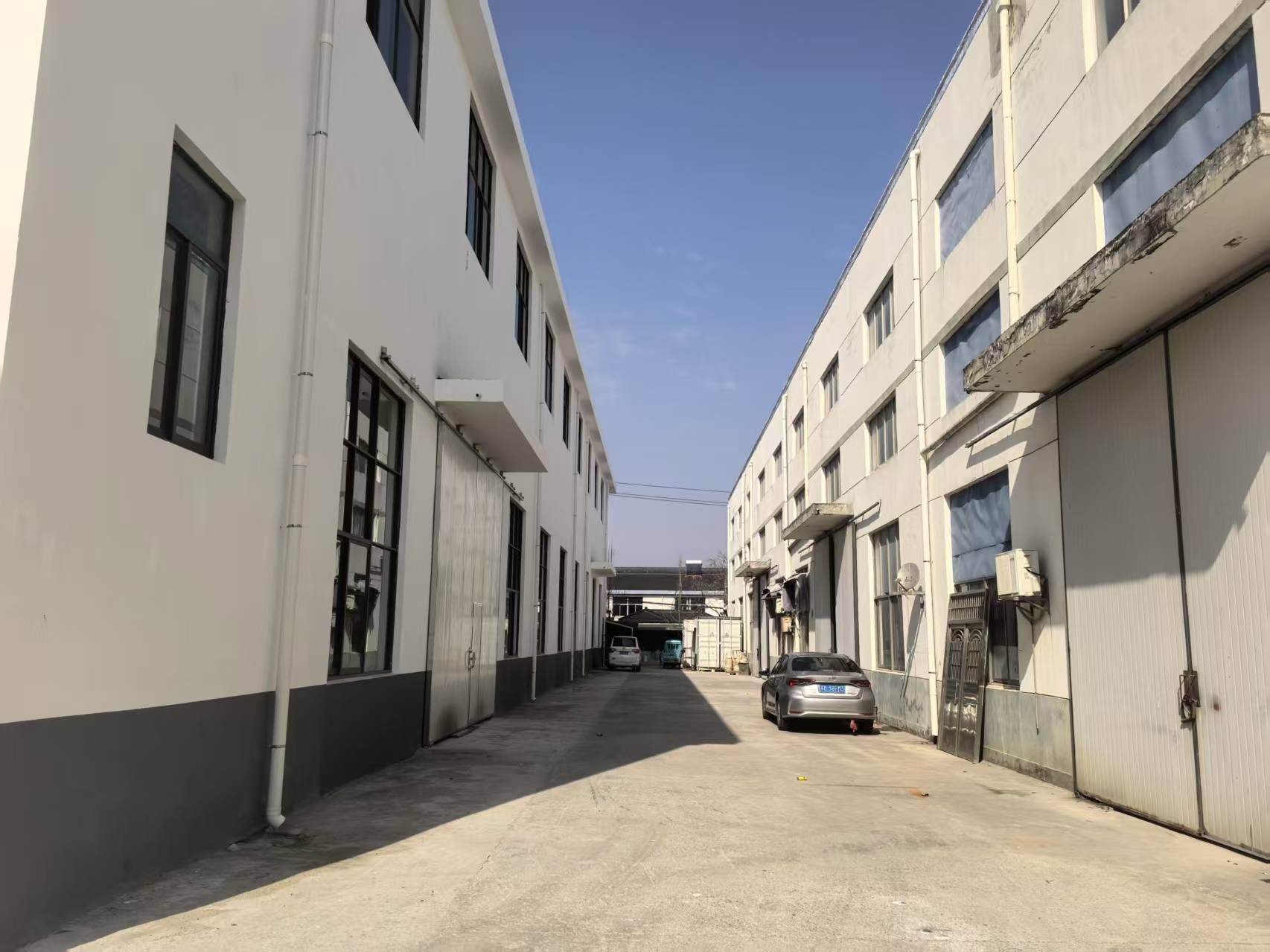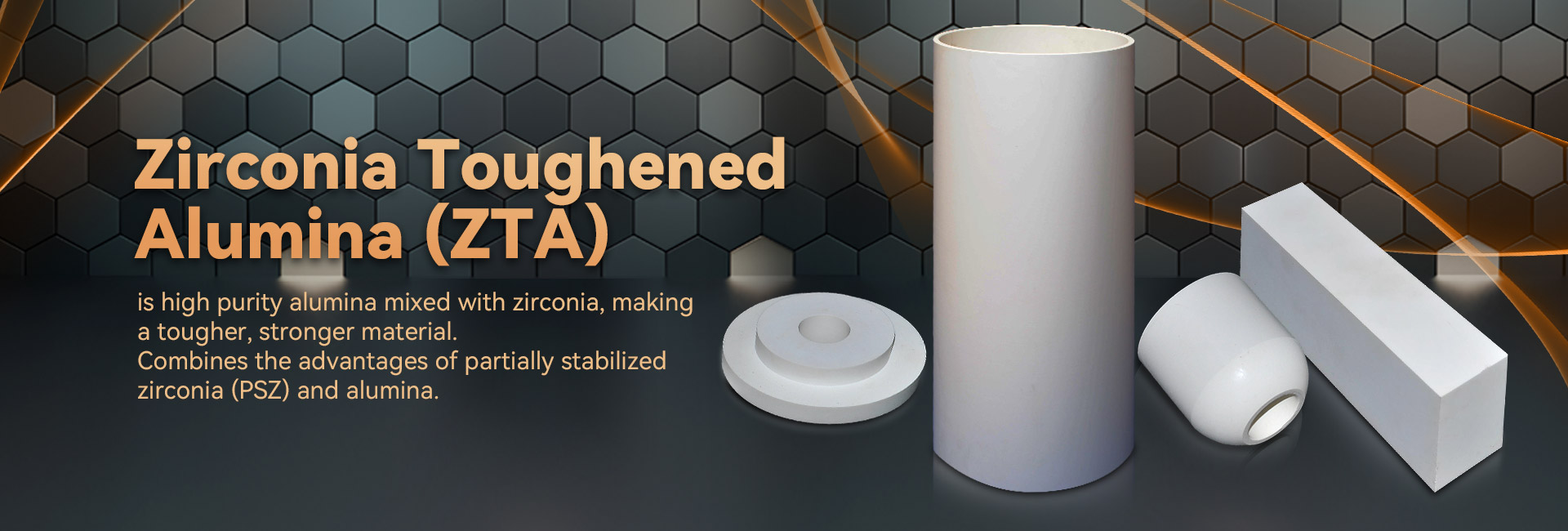
Technological element manifest exceptional compositional peculiarities, rendering them perfect for a wide series of applications. Originating from aeronautical and automobiles to electronics, these products are regularly advancing to cope with the requirements of a contemporary context.
- Their hardness and immunity to critical conditions make them necessary for leading mechanisms.
- Over and above, technical ceramics offer edges in terms of durability, supporting the development of trailblazing systems.
Manufacturing Substances: Designed for Premium Effectiveness
Developed ceramics outperform in stringent operations due to their extra special attributes. Formed from chosen raw components and exposed to comprehensive processing operations, these modern compounds present remarkable resilience, corrosion resistance, and endurance to demanding thermal states, corrosion, and abrasion. From astronautics pieces to processing tools, industrial ceramics provide exceptional output across diverse markets. Their multipurpose nature allows withstanding severe situations, securing continuance and soundness. As refinement progresses, the market for premium products grows, cementing the central role of industrial ceramics in shaping a more resilient period.
Pioneering Ceramics: Reaching Compound Boundaries
Material, showing unique rigidity and durability, are encountering a transformation. Advanced ceramics, developed with accurate control over their formulation and internal architecture, breaking the bounds of the extent of conceivable. These substances carry a comprehensive assortment of characteristics, originating them fit for critical territories such as flight, health sciences, and power. From slender parts that can endure extreme warmth to non-toxic implants that meld fluidly with the flesh, advanced ceramics are transforming our surroundings.
Careful Ceramic Production: Catering to Exacting Standards
Manufactured ceramic fabrication has improved dramatically in recent phases, permitting the fabrication of elaborate and highly functional ceramic modules. These elements are key across a inclusive range of realms, including space, healthcare, and electrical domains. Addressing the specialized standards for these operations calls for fine fabrication methods that maintain dimensional strictness, surface refinement, and material traits. State-of-the-art ceramic fabrication processes implement various methods, including slip casting, injection molding, and additive manufacturing. These strategies facilitate the building of fine patterns and meticulous facets with highly rated uniformity. What's more, advances in material studies have produced new ceramic blends endowed with boosted characteristics. These compounds boast increased power, durability, and tolerance to demanding temperature conditions, supporting their use in critical sectors.
The chances for meticulous ceramic fabrication are enormous. As explorations and forward movement proceed, we can predict even more sophisticated processes and elements that will likewise push the limits of what is doable in this domain.
Robust Ceramic Forms for Tough Conditions
Modern ceramic composites exhibit extraordinary robustness and immunity against challenging ambiences, making them favored for critical deployments in energy territories. These modern ceramics can endure intense climatic loads, oppose corrosion, and continue their capability under extreme physical loads. Their unmatched morphological features permit stable performance in hostile locales, including fireplaces, aircraft engines, and fission plants.
- Ceramic matrix composites
- Thermal stability
- Lightweight design
Ceramic Alloys: Combining Strength and Usefulness
Ceramic composites furnish a eminent mix of mechanical hardness and distinct specialized abilities. Through the incorporation of ceramic elements within a scaffold, these compounds achieve noteworthy performance. This merge results in heightened endurance against high temperatures, wearing, and chemical degradation, rendering them fit for demanding tasks in outer space, automotive, and energy sector industries. Furthermore, ceramic composites are personalized to possess particular properties like electrical conductivity or biocompatibility, widening their employability across diverse sections.
Microscopic Management in Innovative Ceramics
Achieving targeted properties in state-of-the-art ceramics consistently entails detailed management over their grain configuration. Several manufacturing variables, including sintering heat level, interval, and atmosphere, alongside the inclusion of dopants or secondary phases, dramatically affect the organization of crystals, interstices, and other microstructural features. Detailed modification of these settings allows for the increase of toughness, cracking tolerance, and warmth conductivity. Specifically, boosting the sintering temperature can encourage grain enlargement, thus increasing solidity and improving mechanical rigidity. Conversely, modulating the firing atmosphere may impact the oxidation status of the ceramic, thereby influencing its electrical transfer or magnetic characteristics. Appreciating these relationships between microstructure and properties is necessary for developing advanced ceramics with optimized features suitable for inclusive deployments.
Scratching-Resistant Ceramics: Enhancing Endurance
During high-stress manufacturing industries, where parts are strained to constant scuffing and damage, wares with notable durability are importantly imperative. Wear-resistant ceramics have appeared as a dominant fix, offering unparalleled fortitude and functionality in numerous covers such as industry, mining, and aerospace. These progressive forms possess a distinctive configuration that boosts their facility to withstand scuffing. By exploiting the natural toughness and compactness of ceramic assemblies, engineers can manufacture durable units capable of withstanding the most tough operating climatic states.
Health-Safe Structures: Uses in Clinical Practice
Biofriendly ceramics have revolutionized the health industry, providing an array of useful attributes for many works. These articles are non-reactive within the organism, minimizing inflammatory responses and encouraging repair. A prime role for biocompatible ceramics is in joint prostheses, where their resilience sustains long-lasting hold to damaged body parts.
Over and above, they are exploited in prosthetic teeth, providing a steady and lovely solution for molar substitutes. Ceramics also assume a key place in therapeutics, enabling the concentrated distribution of medication to specific regions within the organism.
- Equally important, biocompatible ceramics are frequently being researched for tissue engineering, serving as a matrix for tissue regeneration.
- Thus, the future of biocompatible ceramics in biomedical fields looks bright, with continual investigations expanding their potential.
Ceramic Sensing Technologies: Driving Trustworthy Assessments
Ceramic sensors have materialized as ceramic insulator important components across a varied array of subjects. These instruments exploit the special qualities of ceramic types to deliver highly accurate assessments. Their resistance in {demanding|harsh| 